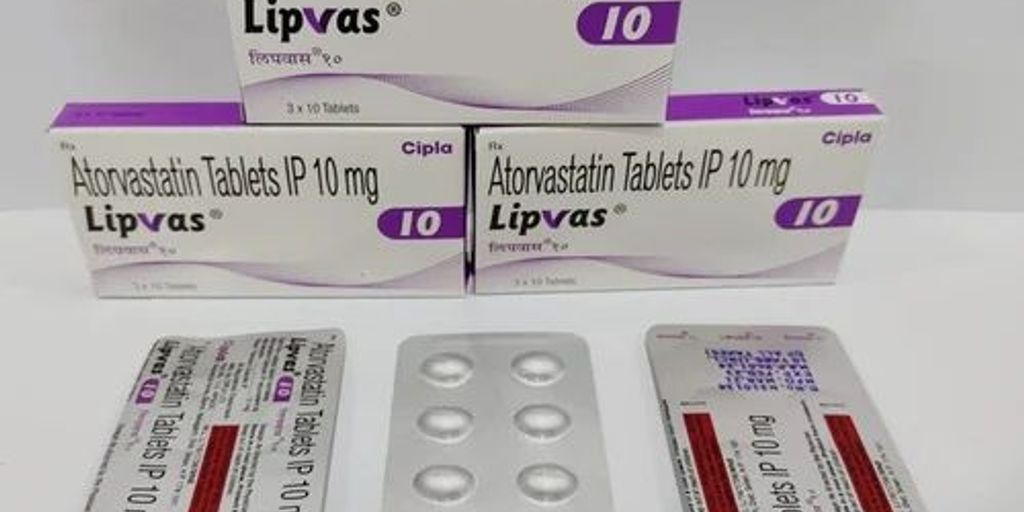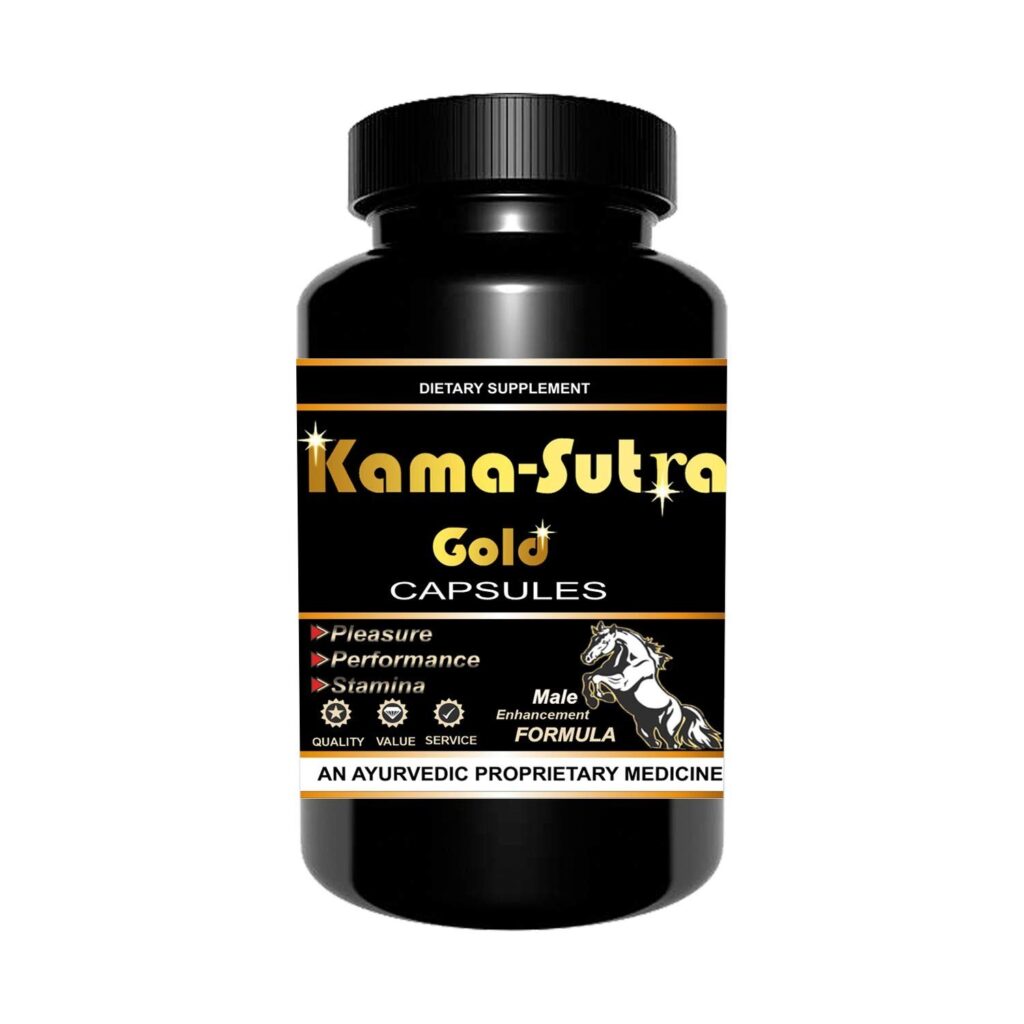Lipistat Tablet is a commonly prescribed medication aimed at managing cholesterol levels and enhancing cardiovascular health. Whether you’re new to this medication or have been taking it for a while, understanding its various aspects is crucial for effective and safe use. This article will guide you through everything you need to know about Lipistat Tablet, from its uses and benefits to how to take it and potential side effects.
Key Takeaways
- Lipistat Tablet helps manage cholesterol levels and supports heart health.
- It comes in different dosages to suit individual needs.
- Knowing how and when to take it can maximize its benefits.
- Be aware of common and serious side effects to watch for.
- Always consult your healthcare provider for personalized advice.
What is Lipistat Tablet?
Active Ingredients
Lipistat Tablet contains atorvastatin as its main ingredient. Atorvastatin belongs to a group of drugs called statins, which help lower cholesterol levels in the blood.
How It Works
Lipistat works by blocking an enzyme in the liver that is responsible for making cholesterol. This helps reduce the amount of cholesterol that may build up on the walls of arteries, improving blood flow and reducing the risk of heart disease.
Available Dosages
Lipistat Tablet comes in different dosages, including 10 mg, 20 mg, 40 mg, and 80 mg. Your doctor will decide the right dosage for you based on your medical condition and response to treatment.
Lipistat Tablet is a commonly prescribed medication for managing cholesterol levels and improving heart health.
Uses and Benefits of Lipistat Tablet
Cholesterol Management
Lipistat Tablet is primarily used for managing cholesterol levels. It helps in reducing the levels of bad cholesterol (LDL) and increasing the levels of good cholesterol (HDL). This balance is crucial for maintaining a healthy heart.
Cardiovascular Health
By managing cholesterol levels, Lipistat Tablet also contributes to overall cardiovascular health. It reduces the risk of heart diseases such as heart attacks and strokes. This makes it an essential part of a heart-healthy lifestyle.
Other Potential Benefits
Apart from cholesterol management and cardiovascular health, Lipistat Tablet may offer other benefits. Some studies suggest it could help in reducing inflammation and improving blood circulation. However, more research is needed to confirm these potential benefits.
Taking Lipistat Tablet as prescribed by your healthcare provider can lead to significant improvements in your heart health and overall well-being.
How to Take Lipistat Tablet
Recommended Dosage
The recommended dosage of Lipistat Tablet varies based on individual health needs. Always follow your doctor’s instructions. Typically, the starting dose is 10 mg once daily. Your doctor may adjust the dose based on your response to the medication.
Timing and Frequency
Lipistat Tablet is usually taken once a day. It can be taken with or without food. Try to take it at the same time each day to help you remember.
Missed Dose Instructions
If you miss a dose, take it as soon as you remember. If it’s almost time for your next dose, skip the missed dose. Do not take two doses at the same time to make up for a missed one.
Consistency is key when taking Lipistat Tablet. Stick to your prescribed schedule to get the best results.
Possible Side Effects of Lipistat Tablet
Common Side Effects
When taking Lipistat Tablet, you might experience some common side effects. These can include:
- Headache
- Nausea
- Muscle pain
- Diarrhea
Most of these side effects are mild and go away on their own. If they persist, it’s a good idea to talk to your doctor.
Serious Side Effects
In rare cases, Lipistat Tablet can cause serious side effects. Seek medical help immediately if you notice any of the following:
- Severe muscle pain or weakness
- Yellowing of the skin or eyes (jaundice)
- Dark urine
- Severe stomach pain
These symptoms could indicate a serious problem that needs urgent attention.
When to Seek Medical Attention
It’s important to know when to seek medical attention while taking Lipistat Tablet. If you experience any serious side effects or if common side effects do not go away, contact your healthcare provider. Always keep an eye on how your body reacts to the medication.
Remember, your health is important. Don’t ignore any unusual symptoms while taking Lipistat Tablet.
Precautions and Warnings
Who Should Avoid It
Lipistat Tablet is not suitable for everyone. People with liver disease or those who are pregnant should avoid taking this medication. If you have a history of allergic reactions to similar drugs, consult your doctor before starting Lipistat.
Drug Interactions
Lipistat can interact with other medications, which may affect its effectiveness or increase the risk of side effects. Some common drugs that may interact with Lipistat include:
- Blood thinners
- Certain antibiotics
- Antifungal medications
- Other cholesterol-lowering drugs
Always inform your healthcare provider about all the medications and supplements you are taking.
Special Considerations
- Elderly patients may require a lower dose due to the increased risk of side effects.
- If you have kidney problems, your doctor may need to adjust your dosage.
- Regular blood tests may be necessary to monitor your liver function and cholesterol levels.
It’s crucial to follow your doctor’s advice and report any unusual symptoms immediately.
Storage and Handling of Lipistat Tablet
Storage Conditions
To keep Lipistat Tablet effective, store it in a cool, dry place. Avoid exposing it to direct sunlight or moisture. The ideal temperature is between 68°F and 77°F (20°C to 25°C). Make sure to keep it out of reach of children and pets.
Handling Instructions
When handling Lipistat Tablet, always use clean, dry hands. Do not remove the tablet from its original packaging until you are ready to take it. This helps maintain its potency and effectiveness.
Disposal Guidelines
If you need to dispose of Lipistat Tablet, do not simply throw it in the trash. Instead, follow these steps:
- Check if your local pharmacy offers a take-back program.
- If no take-back program is available, mix the tablets with an unappealing substance like coffee grounds or cat litter.
- Place the mixture in a sealed plastic bag before throwing it away.
Proper storage and handling ensure that Lipistat Tablet remains effective and safe to use.
Consulting Your Healthcare Provider
Questions to Ask
When you visit your healthcare provider, it’s important to ask the right questions to ensure you understand how to use Lipistat Tablet effectively. Here are some questions you might consider:
- What is the correct dosage for me?
- Are there any foods or drinks I should avoid while taking this medication?
- What should I do if I miss a dose?
- How long will I need to take Lipistat Tablet?
- Are there any side effects I should watch out for?
What to Discuss
During your appointment, make sure to discuss your medical history and any other medications you are currently taking. This will help your healthcare provider determine if Lipistat Tablet is safe for you. Key points to discuss include:
- Any allergies you have
- Other medications or supplements you are taking
- Any pre-existing health conditions
- Your lifestyle and diet
Follow-Up Appointments
Regular follow-up appointments are crucial to monitor your progress and make any necessary adjustments to your treatment plan. It’s important to keep these appointments to ensure the medication is working effectively and to catch any potential issues early. Your healthcare provider may schedule blood tests to check your cholesterol levels and liver function.
Keeping an open line of communication with your healthcare provider can help you manage your health more effectively while taking Lipistat Tablet.
Before making any changes to your health routine, it’s important to talk to your healthcare provider. They can give you advice that fits your personal needs. For more tips and products to support your health journey, visit our website.
Conclusion
In summary, Lipistat tablets can be a helpful option for people who need to manage their cholesterol levels. Like any medication, it’s important to use them as directed by your doctor. Always talk to your healthcare provider about any side effects or concerns. Remember, taking care of your health involves more than just medicine. Eating well, exercising, and regular check-ups are also key. By staying informed and working with your doctor, you can make the best choices for your health.
Frequently Asked Questions
What is Lipistat Tablet used for?
Lipistat Tablet is mainly used to help manage cholesterol levels and support heart health.
How should I take Lipistat Tablet?
Take Lipistat Tablet as your doctor tells you. Usually, it’s taken once a day at the same time.
Can I take Lipistat Tablet if I’m pregnant?
No, pregnant women should not take Lipistat Tablet. Talk to your doctor for other options.
What should I do if I miss a dose?
If you miss a dose, take it as soon as you remember. If it’s almost time for the next dose, skip the missed one. Don’t double up to make up for the missed dose.
Are there any side effects of Lipistat Tablet?
Yes, some common side effects include headaches and stomach pain. Serious side effects are rare but can happen.
Can I take Lipistat Tablet with other medications?
You should tell your doctor about all other medicines you’re taking. Some drugs can interact with Lipistat Tablet.











